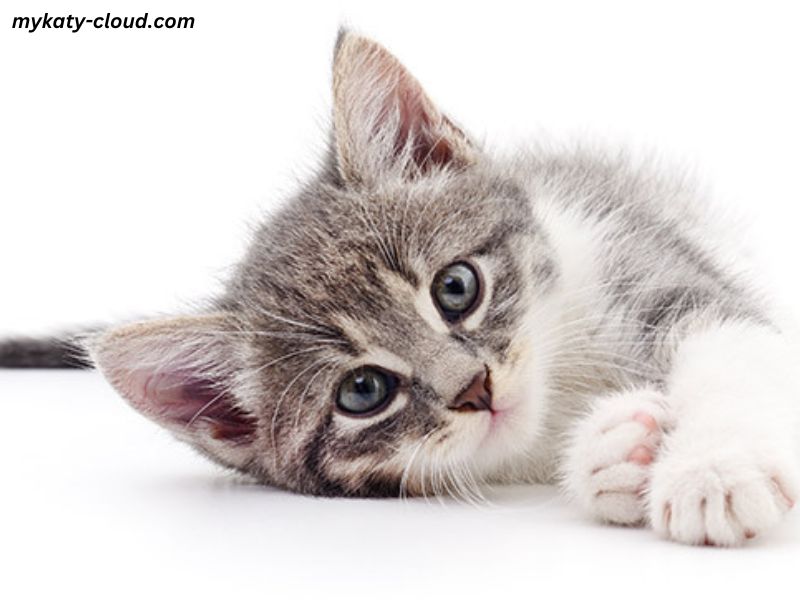Nestled in the heart of Salt Lake City, Utah Hogle Zoo Black Footed Cat offers a unique opportunity for visitors to engage with wildlife from across the globe. Among its many captivating exhibits, one of the zoo’s most intriguing residents is the Black-Footed Cat (Felis nigripes). This small but fearsome predator from Africa has garnered attention for its striking appearance and remarkable hunting abilities. In this article, we’ll take a deep dive into the Black-Footed Cat’s behavior, ecology, conservation status, and how Utah Hogle Zoo is contributing to the preservation of this incredible species.
Introduction to the Utah Hogle Zoo Black Footed Cat
The Black-Footed Cat is one of the smallest wild cats in the world. Native to sub-Saharan Africa, particularly the savannahs and grasslands of Southern Africa, the Black-Footed Cat is a nocturnal predator that has evolved some fascinating adaptations. Its sleek body, large, round eyes, and distinctive black markings on its paws make it easily recognizable, even in the wild. However, it’s not just its appearance that sets it apart. The Black-Footed Cat has a reputation for being one of the most efficient predators on the planet.
Despite its size, the Black-Footed Cat is a formidable hunter, capable of taking down prey much larger than itself. Known for its ability to hunt quickly and decisively, this cat has earned the nickname “The Deadliest Cat” due to its high success rate during hunts.
Physical Characteristics of the Utah Hogle Zoo Black Footed Cat
The Black-Footed Cat is small and compact, with adults weighing between 2 to 3 kilograms (4.4 to 6.6 pounds). Its body length ranges from 45 to 60 cm (18 to 24 inches), with a tail adding an additional 20 to 30 cm (8 to 12 inches). Despite its small size, the Black-Footed Cat has powerful muscles and sharp claws, which it uses to capture and kill prey.
One of the most distinctive features of the Black-Footed Cat is its coat. Its fur is a pale, tawny color, often spotted or striped with darker markings. Its most distinguishing characteristic is the black fur on its paws, which is where it gets its name. The black feet provide excellent camouflage in its natural habitat and help the cat remain stealthy when stalking prey.
Another key feature is its large eyes, which are adapted for night hunting. The Black-Footed Cat’s eyesight is exceptional in low-light conditions, allowing it to be a proficient nocturnal predator. This adaptation is crucial, as the Black-Footed Cat is primarily active during dusk and nightfall.
Hunting and Diet
The Black-Footed Cat is a hypercarnivore, primarily feeding on small mammals, birds, and insects. It is known for its ability to catch a wide variety of prey, including rodents, birds like sparrows and doves, and even larger creatures like hyraxes or small gazelles. Its preferred prey, however, consists of rodents, which it can catch with remarkable speed.
What makes the Black-Footed Cat such an effective predator is its highly specialized hunting technique. The cat uses stealth to get as close to its prey as possible, often stalking for long distances. Once it is in range, the Black-Footed Cat pounces with incredible precision, using its sharp claws and powerful bite to immobilize its prey instantly. Studies have shown that the Black-Footed Cat has an astounding success rate of around 60% when hunting, one of the highest among wild cats.
Interestingly, despite its efficiency, the Black-Footed Cat does not hunt for sport or pleasure. It kills solely to eat, and after capturing its prey, it will usually carry it to a hidden spot to consume it. This hunting prowess has led to the Black-Footed Cat being dubbed “the deadliest cat” because of the sheer number of animals it kills to sustain itself.
Behavior and Habitat
Black-Footed Cats are solitary creatures, except during mating season or when a mother is raising her young. They mark their territory using scent glands, leaving behind scent markings that warn other cats to stay away. While they are territorial, Black-Footed Cats tend to be less aggressive than some of their larger relatives. They prefer to avoid confrontations unless necessary.
Their primary habitat consists of dry, open grasslands and savannahs, though they can also be found in semi-desert areas. They are highly adaptable animals, capable of surviving in a wide range of environments as long as there is enough prey to sustain them. Their preference for open landscapes allows them to use their excellent vision to spot potential prey from a distance.
Although they are capable of living in both flat and rocky areas, Black-Footed Cats are also known to be adept climbers, able to ascend trees or hide in shrubs to avoid larger predators. However, they generally avoid dense forests or thick bush areas, as these environments make it harder for them to see and hunt.
Reproduction and Life Cycle
The Black-Footed Cat has a relatively short lifespan in the wild, typically living around 12 years, although some individuals have been known to live longer in captivity. Mating usually occurs during the cooler months, between July and September, with the female giving birth to a litter of one to four kittens after a gestation period of about two months.
The kittens are born blind and helpless, relying entirely on their mother for care. They start to open their eyes around 10 days after birth and begin to explore their surroundings at around six weeks. By the time they are 12 weeks old, the kittens will begin to accompany their mother on hunts, learning crucial survival skills. They are fully weaned by the age of 12 weeks, but they will stay with their mother for several months before venturing off on their own.
Interestingly, Black-Footed Cats have been observed to exhibit maternal care that includes teaching the kittens how to stalk and hunt prey. This training is essential for their survival, as hunting is a vital skill for living in the wild.
Conservation Status and Threats
The Black-Footed Cat is currently listed as “Least Concern” on the International Union for Conservation of Nature (IUCN) Red List. This status reflects the fact that, while the species faces some challenges, it is not considered to be at immediate risk of extinction. However, the Black-Footed Cat’s population is decreasing in some regions, primarily due to habitat loss, human-wildlife conflict, and the hunting of their prey species.
In some areas, the conversion of land for agriculture and urbanization has led to the destruction of the Black-Footed Cat’s natural habitat. The loss of prey species also poses a significant threat, as the cats rely on a healthy and abundant food source to survive. In addition, the spread of diseases like feline leukemia can also pose risks to Black-Footed Cat populations.
Black-Footed Cats at Utah Hogle Zoo
Utah Hogle Zoo Black Footed Cat plays an important role in the conservation of various species, including the Black-Footed Cat. The zoo provides an opportunity for visitors to observe these fascinating animals up close, fostering greater awareness and understanding of the species. By showcasing the Black-Footed Cat, the zoo helps to educate the public about the threats these animals face in the wild and the importance of preserving their habitats.
In addition to raising awareness, Utah Hogle Zoo Black Footed Cat participates in captive breeding programs aimed at maintaining healthy populations of endangered species. The zoo works closely with other institutions to ensure genetic diversity and long-term sustainability for animals like the Black-Footed Cat. Although the Black-Footed Cat is not currently in immediate danger of extinction, conservation efforts like these help to secure the future of species that might otherwise be overlooked.
Conclusion
The Black-Footed Cat is a remarkable and often misunderstood predator. Its small size belies its incredible hunting skills, and its efficient nature makes it one of the most successful hunters in the animal kingdom. While it faces numerous challenges in the wild, the Black-Footed Cat remains a symbol of the delicate balance between predator and prey in Africa’s ecosystems.
At Utah Hogle Zoo Black Footed Cat, visitors can learn about this incredible species and the ongoing efforts to protect it. By supporting conservation programs and educating the public, the zoo plays a vital role in ensuring that the Black-Footed Cat and other wildlife continue to thrive for generations to come.




